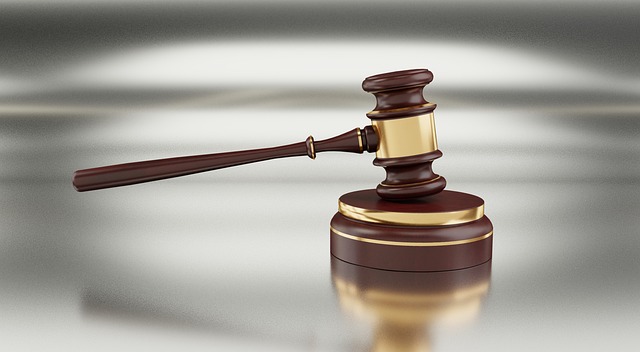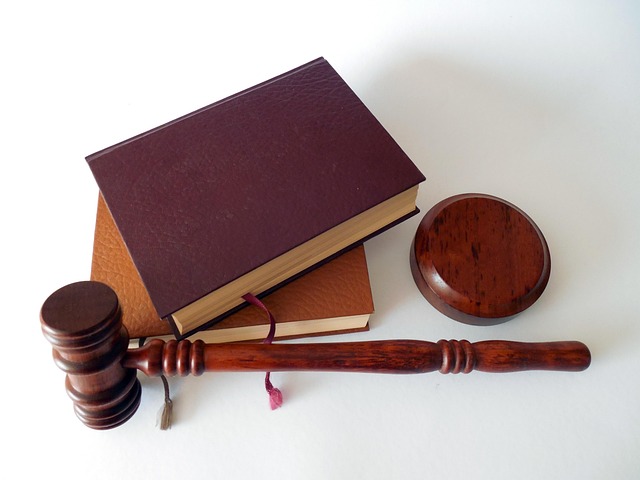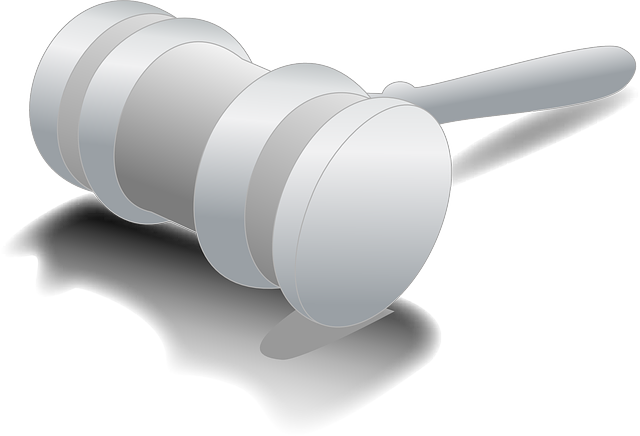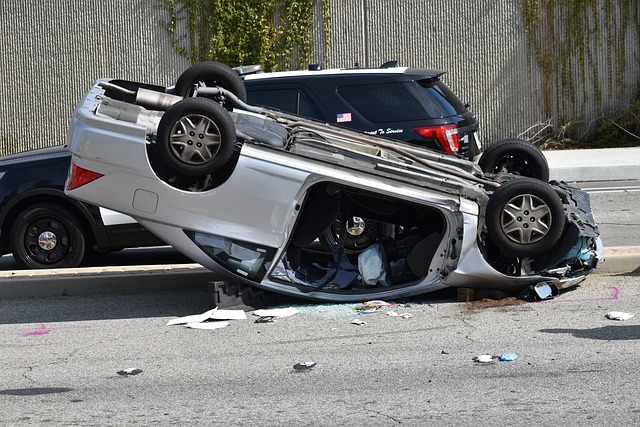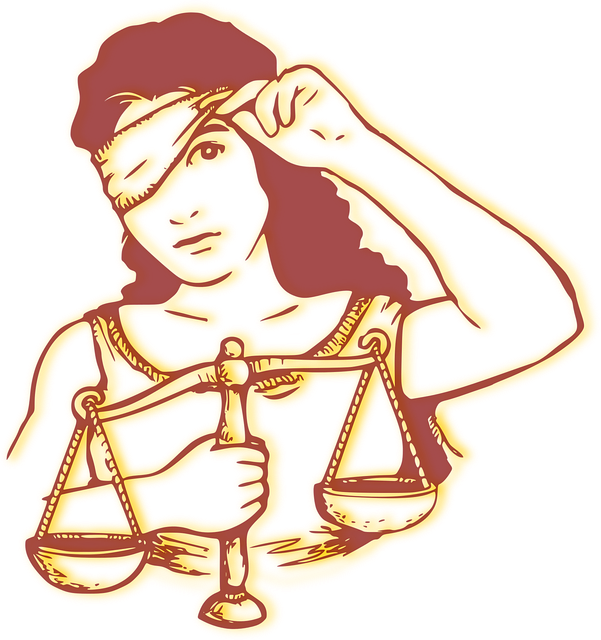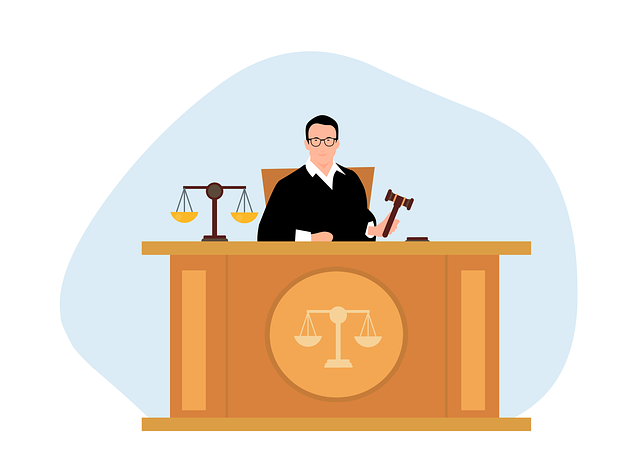Pedestrians have the right to cross streets at designated areas governed by traffic lights and 'walk' signals, while drivers must yield or stop. Accidents can be prevented by adhering to safety rules like using crosswalks, waiting for signals, making eye contact, staying alert, wearing reflective clothing, and avoiding distractions, especially in high-risk areas. After an accident, immediate medical care and scene documentation are crucial. Understanding local laws and rights helps prevent future accidents and ensures fair compensation through insurance claims or legal assistance from a specialized accident lawyer.
Pedestrian right of way accidents are a significant concern, often resulting in severe injuries or even fatalities. This article equips pedestrians with vital knowledge about right-of-way laws, common causes, and prevention strategies. By understanding your rights and responsibilities post-accident, you can navigate the aftermath effectively. Key topics covered include legal insights, avoidable hazards, and necessary steps to ensure safety and fair compensation. Stay informed to protect yourself and make wise decisions after a pedestrian accident.
- Understanding Pedestrian Right of Way Laws
- Common Causes and Prevention Strategies
- Rights and Responsibilities After an Accident
Understanding Pedestrian Right of Way Laws

In many jurisdictions, there are clear laws dictating the rights and responsibilities of pedestrians and drivers at intersections and other areas where people cross roads. Understanding these pedestrian right-of-way rules is crucial for ensuring your safety while on foot. Generally, pedestrians have the right to cross streets at designated crossings or in marked zones, often signaled by traffic lights or ‘walk’ signals. At these points, vehicles must yield or stop to allow safe passage.
Knowing your rights and responsibilities can help prevent pedestrian right-of-way accidents. If you’re ever involved in an accident as a pedestrian, it’s advisable to consult with an experienced auto accident attorney to understand your options for pursuing personal injury claims if necessary.
Common Causes and Prevention Strategies

Pedestrian right of way accidents are often preventable through simple awareness and adherence to traffic rules. Common causes include jaywalking, failure to look both ways before crossing, and disregarding signal lights or stop signs. These mistakes can lead to serious injuries or even fatalities. To avoid such incidents, pedestrians should always use designated crosswalks, wait for the walk signal, and make eye contact with drivers to ensure they’re seen.
Prevention strategies also involve understanding a driver’s fiduciary duty breaches. Car accident attorneys often emphasize the importance of safe driving practices and responsibility. Moreover, staying alert, wearing reflective clothing during low-light conditions, and avoiding distractions like earphones can significantly reduce the risk of accidents. Pedestrians should also be cautious in areas with high traffic density or where visibility is compromised, such as near schools, nursing homes, and busy intersections.
Rights and Responsibilities After an Accident

After a pedestrian right of way accident, understanding your rights and responsibilities is crucial for navigating the aftermath effectively. If you’re a pedestrian injured in such an incident, it’s important to seek medical attention first and then document the scene, gathering evidence like photos of injuries and the location. Contacting an accident lawyer can also be beneficial; they can help with property damage claims and guide you through any partnership disputes that may arise from the accident.
In many jurisdictions, pedestrians have the right of way at crosswalks or designated pedestrian crossings. However, this does not absolve them of responsibility for their safety. Pedestrians should always remain alert, look both ways before crossing, and follow local traffic laws. Being proactive in preventing accidents can help protect against potential legal issues and ensure a fair outcome when dealing with insurance companies or legal partnerships.
Pedestrians have a right to safety while on public roads. By understanding their rights, recognizing common causes of accidents, and knowing their responsibilities after an incident, folks can navigate with greater confidence and reduce potential risks. Staying informed about pedestrian right-of-way laws is key to ensuring everyone’s well-being, enabling individuals to make smarter choices and foster safer communities.
